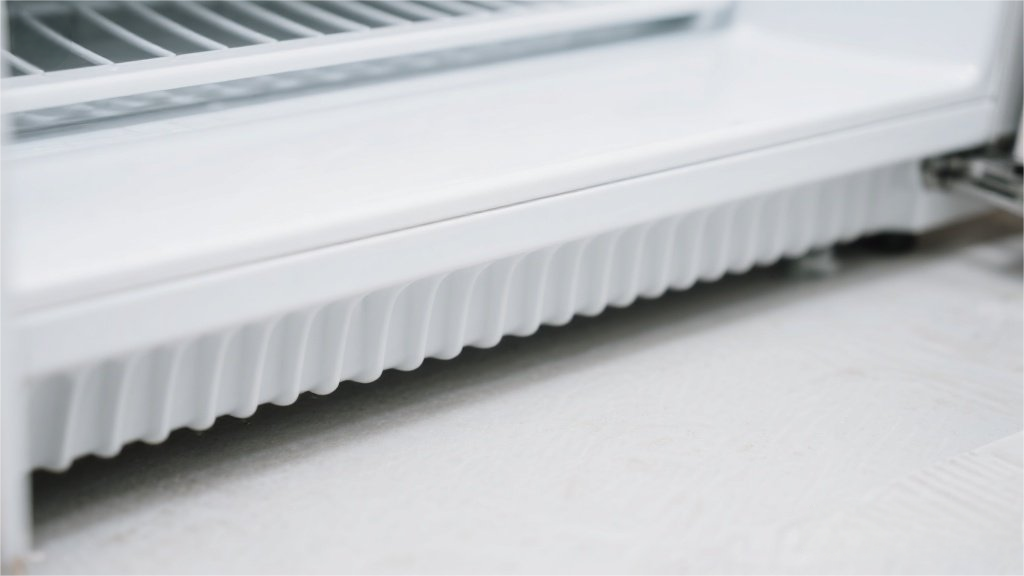your duvet insert is probably overdue for a wash. While the cover gets tossed in the laundry regularly (or at least semi-regularly), the fluffy insert inside often gets neglected, quietly collecting sweat, dead skin, and dust mites like it’s running a creepy little ecosystem. But ignoring it isn’t just gross—it can impact your sleep quality and even your health. So, how often should you actually wash it? Experts recommend cleaning your duvet insert every 6 to 12 months, depending on factors like allergies, sweat levels, and whether you let pets snuggle up in bed (guilty as charged).
The Science Behind a Dirty Duvet
Your bed is basically a buffet for dust mites, and your duvet insert is their five-star resort. These microscopic critters thrive in warm, humid environments—aka the exact conditions created when you burrito yourself in blankets every night. Add in the fact that humans shed about 500 million skin cells daily (most of which end up in bed), and you’ve got a full-blown dust mite rave happening inside your duvet.
Beyond the ick factor, unwashed duvets can trigger allergies, worsen asthma, and even lead to skin irritation. A study published in the Journal of Allergy and Clinical Immunology found that dust mite allergens are a leading cause of year-round allergies and asthma symptoms. So if you’ve been waking up congested or sneezing, your duvet might be the culprit.
How to Wash Different Types of Duvet Inserts
Not all duvets are created equal, and tossing yours into the washer without checking the care label could end in disaster (RIP, that one down comforter you shrunk in college). Here’s how to handle the most common types:
Down & Feather Inserts: These require extra care. Use a large-capacity washer (think laundromat-sized) and a gentle, down-specific detergent. Skip the fabric softener—it can strip natural oils from the feathers. Dry on low heat with tennis balls to fluff it back up.
Synthetic Inserts: Much more forgiving. Most can go in a regular washer on a gentle cycle. Avoid high heat when drying to prevent melting the fibers.
Wool Inserts: Hand-wash or use a wool-specific detergent in cold water. Never wring it out—roll it in a towel to remove excess water and lay flat to dry.
Pro tip: If your duvet is too bulky for your washer or you’re nervous about ruining it, many dry cleaners offer duvet cleaning services. Just make sure they specialize in bedding.
Spot Cleaning vs. Deep Cleaning
Between full washes, spot cleaning can help extend the life of your duvet. For small stains, mix a bit of mild detergent with water, dab (don’t scrub!) the area, and let it air dry. For odors, sprinkle baking soda over the surface, let it sit for an hour, then vacuum it off.
But spot cleaning isn’t a substitute for a proper wash. Over time, sweat and oils seep deep into the filling, and no amount of surface-level freshening will eliminate dust mites. If your duvet starts feeling lumpy, smelling funky, or triggering allergies, it’s time for a deep clean.
Drying Your Duvet Without Destroying It
The drying process is just as crucial as washing. A poorly dried duvet can develop mildew, clump unevenly, or—worst-case scenario—emerge from the dryer looking like a sad, deflated balloon. Here’s how to avoid that:
When to Replace Your Duvet
Even with proper care, duvets don’t last forever. If yours is more than 5–7 years old, has lost its fluff, or still smells musty after washing, it’s time for a new one. Other red flags: Investing in a high-quality duvet protector (a waterproof, allergen-proof layer that goes under the cover) can help extend its lifespan and keep it cleaner between washes.
Washing your duvet insert might feel like a chore, but think of it as a spa day for your bed—minus the cucumber water. A clean duvet means better sleep, fewer allergies, and no more wondering if that weird smell is coming from you or your bedding. So next time laundry day rolls around, show your duvet some love. Your lungs (and your nose) will thank you.
























